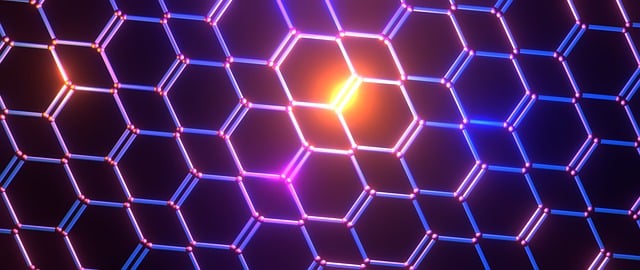
Researchers from the group of Professor Aurelio Mateo Alonso, Ikerbasque researcher at POLYMAT and at the University of the Basque Country, in collaboration with researchers from the Max Planck Institute for Polymer Research (Germany) and the University of Aveiro (Portugal), have published an article in Chem magazine that provides a new method for producing high-precision graphene nanoribbons.
The discovery of graphene has opened up a multitude of possibilities in the development of new materials. When graphene is cut into nanometer-sized ribbons (graphene nanoribbons), materials can be obtained with electrical and magnetic properties that vary depending on the way the edges of the ribbons are cut, and with the width and length of the ribbons. Therefore, it is crucial to develop methods that allow the production of graphene nanoribbons with atomic precision for the development of their potential applications. It is expected that these new materials will allow the miniaturization of electronic and spintronic devices, key to the development of new technologies in electronics and quantum computing.
A team of researchers from POLYMAT, UPV/EHU, the Max Planck Institute for Polymer Research (Germany) and the University of Aveiro (Portugal) have developed a new method for the synthesis of graphene nanoribbons that breaks all records both at level of precision and length. This new method combines complementary 2-nanometer nanoribbons, like Lego pieces, thus generating 36-nanometer nanoribbons with complete atomic precision.
It should be noted that in addition to the fact that the electrical conductivity increases with the length of the ribbons, which could allow the development of new, more efficient electronic devices, exceptional light absorption and emission properties have been observed that exceed those of quantum dots. Therefore, graphene nanoribbons could expand their application potential to other fields such as energy, LED, and medical imaging.
Bibliographic reference
R. K. Dubey et al. Chem 2023, DOI: 10.1016/j.chempr.2023.06.017
.png)
